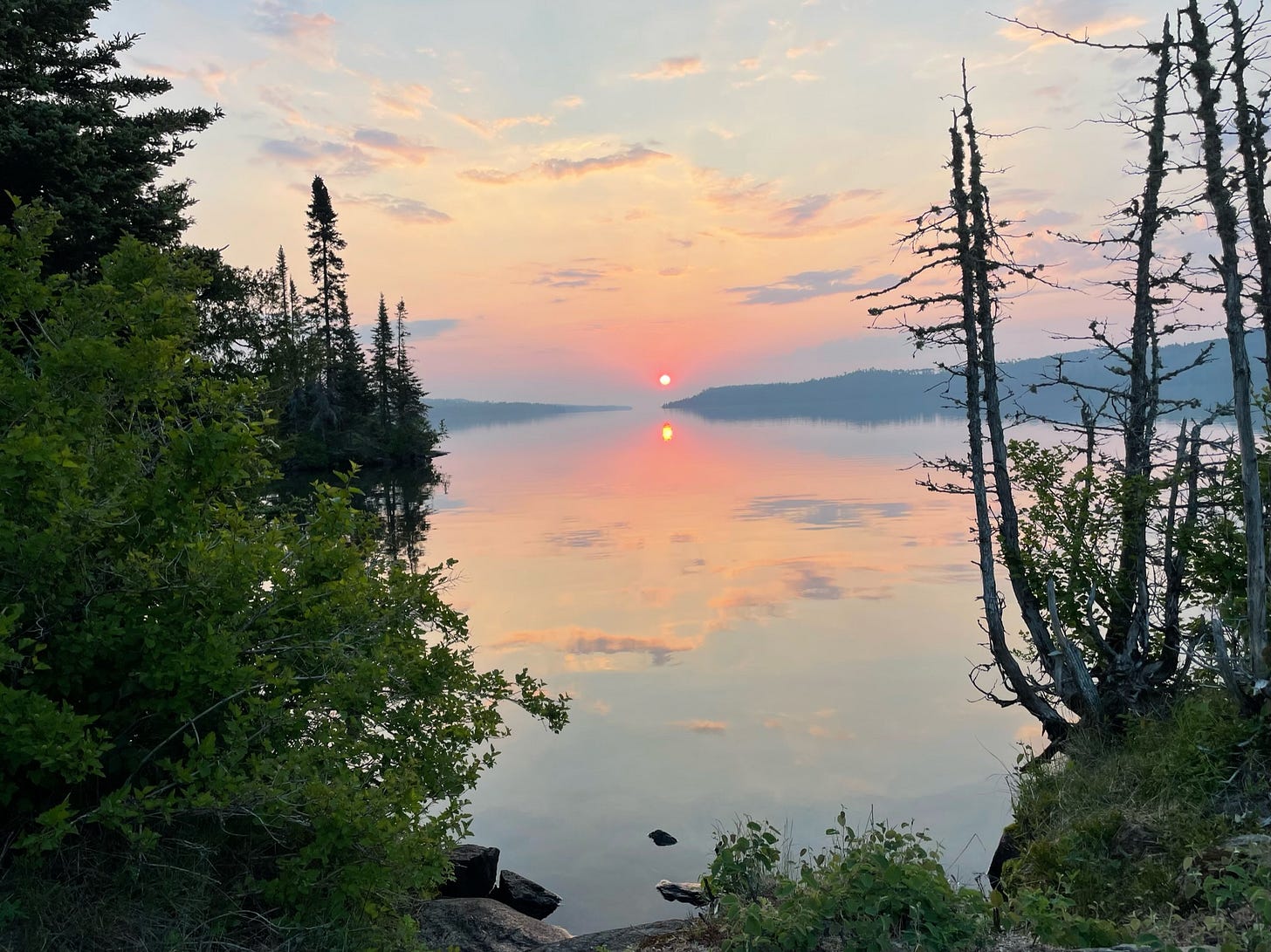A slightly shorter piece this week. I was hoping to write about the latest developments from the Interior Department, but the threats and cuts to our public lands – and to our environment writ large – has caused quite a bit of whiplash; I think I have a concussion. I hope to wrap my head around all this and further explore soon. In the meantime, I’d recommend this press release from the National Parks Conservation Association on the impact of the (*sigh*) “One Big Beautiful Bill Act,” which passed the House early on Thursday morning and now goes to the Senate. Park cuts and threats to the environment are just some of the many ugly things in this “beauty.”
Somewhere in the depths of Instagram’s algorithm a light bulb went off, pushing a post to my blue light-degraded eyes that told me New York’s Adirondack Park turned one hundred thirty three years old this week. Fun fact.
It’s weird to say a piece of land has a birthday. On the one hand, it’s very cool that the Adirondack Park or any other park can endure for over a century. But, on the other hand, the land in upstate New York didn’t come into sudden existence on May 20, 1892. It didn’t care – or even know – if someone in Albany scratched their signature on a piece of paper.
On the other other hand (does this give us three hands or just return us to the first hand?) a park is not just the land. A park is a set of ideas and ideals, a declaration of a specific kind of relationship to the land, like how a country is not just a group of people in a box but an abstract set of customs and cultures that hold those people together. From that perspective, a park’s birthday and longevity can be a celebration of how we commune with nature. The anniversary can also serve as an opportunity to reevaluate that relationship and adapt or renew certain aspects of the relationship.
This doesn’t change, however, that I find it inherently silly when we put a date of birth on a piece of land. I own a sweater that reads “Isle Royale National Park: Established 1940.” Technically, yes, the park was established in 1940. But Isle Royale (Minong) wasn’t lying in wait beneath the surface of Lake Superior, only to rise above the waters and introduce itself to the world in 1940.
A park’s establishment date can go beyond silly, to misleading or deceptive. The date tells us what our relationship to the land has been since then, but obscures what was there before. Some park histories will briefly touch on the pre-park history, typically framed as the “why” for establishing the park, but this centers the story on the park rather than on the land.
The good news amongst all these contradictions that I’ve laid out is that we can hold multiple thoughts and ideas at once. The “on one hand, on the other hand” metaphor is typically framed as a choice between competing ideas, but we have two hands!
So, let’s celebrate each park’s birthday and use the ritual to reaffirm our love for the land – strike up the band! Let us also use these times to deepen our understanding of the land and learn what was there before the park. With practice, we can extend this ethos beyond the park boundaries and build better relationships with all our lands.




